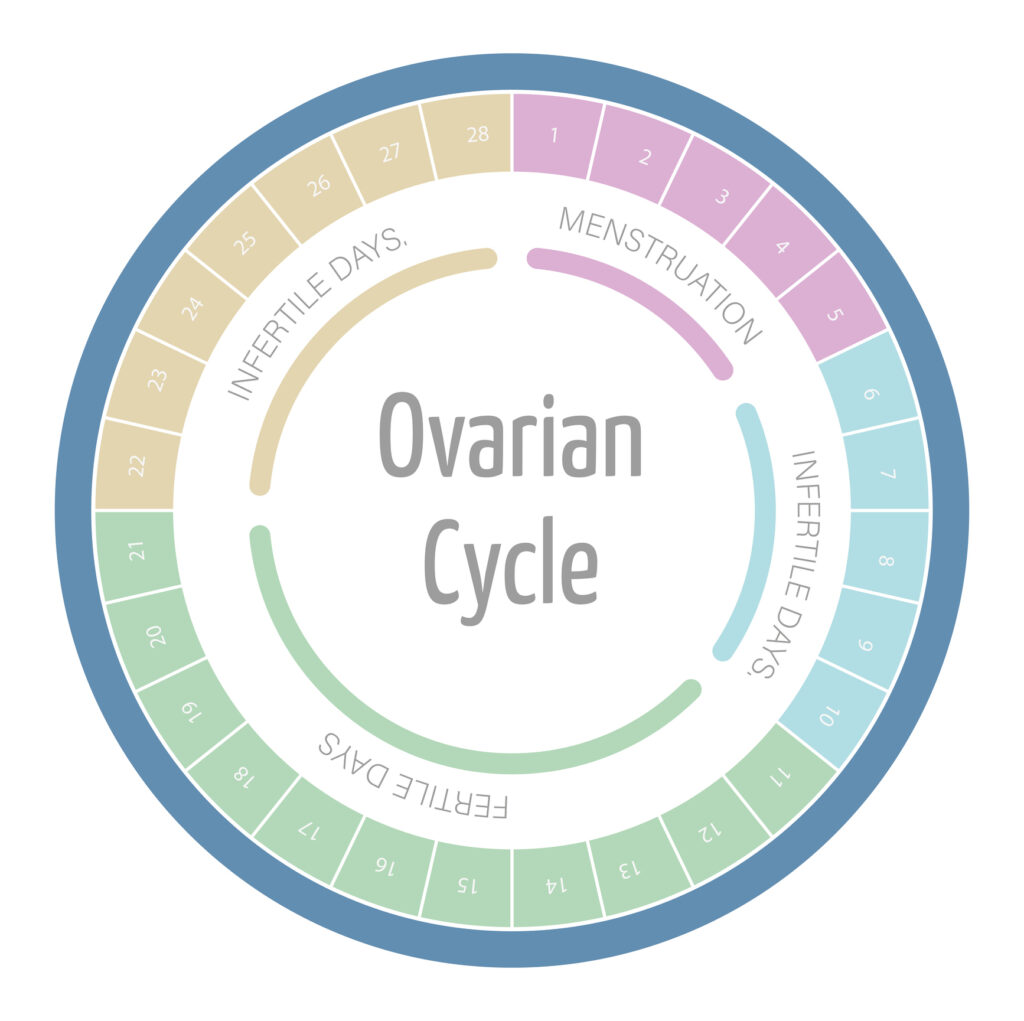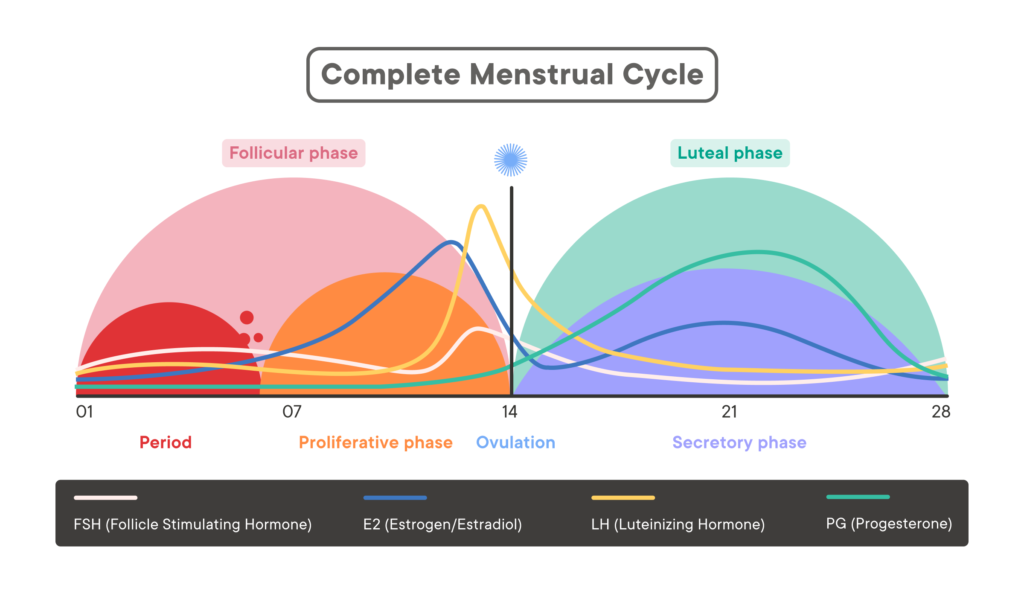Learn about the potential benefits and side effects of using Clomid as a fertility treatment for women.
Benefits and Side Effects of Using Clomid to Get Pregnant in Women
Clomid is a commonly prescribed medication for women who are struggling with infertility and trying to conceive. This article aims to provide an overview of Clomid, its benefits in helping women get pregnant, as well as the potential side effects and precautions that should be considered.
Understanding Clomid: An Overview

What is Clomid?
Clomid, also known as clomiphene citrate, is a medication that belongs to the class of drugs called selective estrogen receptor modulators (SERMs). It is primarily used to induce ovulation in women who have irregular menstrual cycles or do not ovulate regularly. Clomid works by stimulating the release of hormones that are necessary for ovulation to occur.
Clomid is commonly prescribed by healthcare providers to women who are experiencing infertility issues due to ovulation problems. It is often a first-line treatment for women with polycystic ovary syndrome (PCOS) or other ovulatory disorders. By helping to regulate the menstrual cycle and induce ovulation, Clomid can increase the chances of successful conception for these women.
How Does Clomid Work?
When a woman takes Clomid, it stimulates the production of follicle-stimulating hormone (FSH) and luteinizing hormone (LH) from the pituitary gland. These hormones then signal the ovaries to develop and release mature eggs. By increasing the levels of FSH and LH, Clomid helps to stimulate the ovaries and promote ovulation.
It is important for women taking Clomid to closely follow their healthcare provider’s instructions and monitoring during treatment. Ovulation is typically expected to occur 5-10 days after completing a course of Clomid. Tracking ovulation through methods such as basal body temperature charting or ovulation predictor kits can help women identify the most fertile days of their cycle while using Clomid.
The Benefits of Using Clomid for Pregnancy
Increasing Chances of Ovulation
One of the primary benefits of Clomid is its ability to increase the chances of ovulation in women who are not ovulating regularly or at all. This can be particularly beneficial for women with polycystic ovary syndrome (PCOS), a condition that often causes irregular or absent ovulation. By inducing ovulation, Clomid can significantly improve the chances of pregnancy.
Enhancing Fertility Potential
In addition to stimulating ovulation, Clomid can also enhance a woman’s fertility potential. By promoting the release of mature eggs, it increases the likelihood of successful fertilization and implantation. This can be especially beneficial for couples who have been trying to conceive for an extended period without success.
Furthermore, Clomid may improve the quality of cervical mucus, making it more conducive for sperm to reach and fertilize the egg. This can further enhance the fertility potential and increase the chances of pregnancy.
It is important to note that Clomid is a non-steroidal fertility medicine that works by causing the pituitary gland to release hormones needed to stimulate ovulation. This mechanism of action makes it a popular choice for women who are struggling with infertility due to ovulation issues.
Moreover, Clomid is typically taken orally, making it a convenient and non-invasive treatment option for women undergoing fertility treatments. This ease of administration can reduce the stress and discomfort often associated with other fertility procedures.
The Side Effects of Clomid
Physical Side Effects
While Clomid is generally well-tolerated by most women, like any medication, it can cause some side effects. Common physical side effects may include hot flashes, breast tenderness, bloating, nausea, and headaches. These side effects are typically mild and temporary, subsiding once the treatment is discontinued.
It is important to note that while these physical side effects are common, they do not occur in every woman who takes Clomid. Each individual may react differently to the medication, and some women may experience minimal to no physical side effects at all.
Emotional and Psychological Side Effects
In addition to physical side effects, Clomid can also have emotional and psychological effects on some women. These may include mood swings, irritability, anxiety, and even depression. It is crucial for women taking Clomid to be aware of these potential side effects and communicate any concerns with their healthcare providers.
Emotional and psychological side effects of Clomid can vary in intensity and duration. Some women may experience mild mood changes that dissipate quickly, while others may face more significant emotional challenges that require additional support and monitoring. It is essential for women undergoing fertility treatments with Clomid to prioritize their mental health and seek help if they notice any concerning changes in their emotional well-being.
Precautions and Considerations When Using Clomid
Clomid, a commonly prescribed fertility medication, is known for its effectiveness in stimulating ovulation in women struggling with infertility. However, like any medication, there are important precautions and considerations to keep in mind when using Clomid to ensure both safety and efficacy.
Who Should Avoid Clomid?
While Clomid can be highly effective for many women, there are certain situations where its use may not be suitable. Women who have liver disease, ovarian cysts, abnormal vaginal bleeding, or are already pregnant should avoid taking Clomid. It is important to discuss any pre-existing medical conditions or concerns with a healthcare provider before starting Clomid.
Furthermore, women with a history of hormone-related cancers such as breast cancer, ovarian cancer, or uterine cancer should exercise caution when considering Clomid. The hormonal effects of Clomid may potentially impact the growth and development of hormone-sensitive tumors, necessitating a thorough discussion with a healthcare provider regarding the risks and benefits of using this medication.
Interactions and Contraindications
Clomid may interact with certain medications, so it is crucial to disclose all medications, supplements, and herbal products being taken to the healthcare provider. This includes over-the-counter medications and alternative therapies, as they can affect the way Clomid works in the body. Additionally, women with a known sensitivity or allergy to Clomid or any of its ingredients should not take this medication.
It is also important to note that certain lifestyle factors, such as smoking and excessive alcohol consumption, can impact the effectiveness of Clomid. Women using Clomid are advised to maintain a healthy lifestyle, including a balanced diet, regular exercise, and avoidance of harmful habits, to optimize their chances of successful ovulation and conception.
The Process of Taking Clomid
When and How to Take Clomid
The specific timing and dosage of Clomid will depend on the individual’s menstrual cycle and the recommendation of the healthcare provider. Typically, Clomid is taken for five consecutive days, starting on the third, fourth, or fifth day of the menstrual cycle. Regular monitoring through ultrasound and hormonal tests may be necessary to determine the optimal timing for ovulation.
It is important to note that Clomid should only be taken as prescribed by a healthcare provider, as misuse or incorrect timing can affect its effectiveness. The decision on when to start Clomid is crucial, as it can impact the chances of successful ovulation and conception. Therefore, close collaboration with a medical professional is essential to ensure the best possible outcome.
What to Expect During Treatment
During the treatment with Clomid, it is common for women to undergo regular monitoring to assess the response to the medication. This may involve transvaginal ultrasounds to measure follicle growth and blood tests to evaluate hormone levels. It is essential to have open communication with the healthcare provider throughout the treatment to discuss any concerns or adjustments that may be needed.
Furthermore, lifestyle factors such as maintaining a healthy diet, regular exercise, and managing stress levels can also play a significant role in optimizing the effectiveness of Clomid treatment. Creating a supportive environment for conception by focusing on overall well-being can complement the medication’s impact and improve the chances of a successful pregnancy.
In conclusion, Clomid offers significant benefits for women struggling with infertility and attempting to conceive. By stimulating ovulation and enhancing fertility potential, it can increase the chances of pregnancy. However, it is important to be aware of the potential side effects and precautions associated with Clomid use. Consulting with a healthcare provider and receiving personalized guidance is essential to ensure the safe and effective use of this medication.














